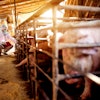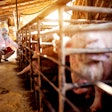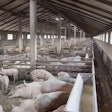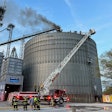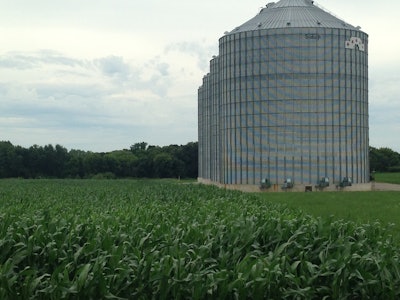
Agriculture remains among the most hazardous industries in the United States. According to theNational Institute for Occupational Safety and Health (NIOSH),约有100农业工人遭受lost-work-time injury every day.
Purdue University’sAgricultural Safety and Health Programbrings public awareness to these dangers through injury prevention educational resources, safety mitigation strategies and injury and fatality data reports. The team monitors agriculture-related injuries and fatalities through news reports, web searches, personal interviews and voluntary reporting from extension educators and individuals.
“Each life loss has a devastating after-effect. Every one of those lives mattered to someone and each one is an added cost to the food we enjoy every day,” said Bill Field, Purdue agriculture and biological engineering professor and extension safety specialist.
The team’s 2020 Summary of U.S. Agricultural Confined Space-Related Injuries and Fatalities report states 64 fatal and non-fatal cases involving agricultural confined spaces: 35 included grain entrapments, seven fell into or from grain storage structures, four were asphyxiations due to deficient oxygen levels or toxic environments and 12 were equipment entanglements around or inside agricultural confined spaces.
According to the team’s website, “A grain entrapment occurs when a victim becomes buried in grain beyond the point of self-extrication.” These incidents often occur when poor grain quality forces workers to enter grain storage.
“When damaged, unconditioned grain is blended, in even relatively small amounts, into clean grain in storage, it puts the quality of all the grain at risk, said Field. “The removal of out-of-condition or spoiled grain from storage, consequently, has been identified as the single most significant activity contributing to entrapment and suffocation in grain storage and handling facilities.”
The team, therefore, advises that workers never enter a grain bin with evidence of crusting on the surface or within the grain mass. If the grain is crusted or the floor outlets are plugged, contact a professional grain salvage service that has the equipment and experience to remove the out-of-condition grain.
The full report and grain safety resources are available at:agconfinedspaces.org.


